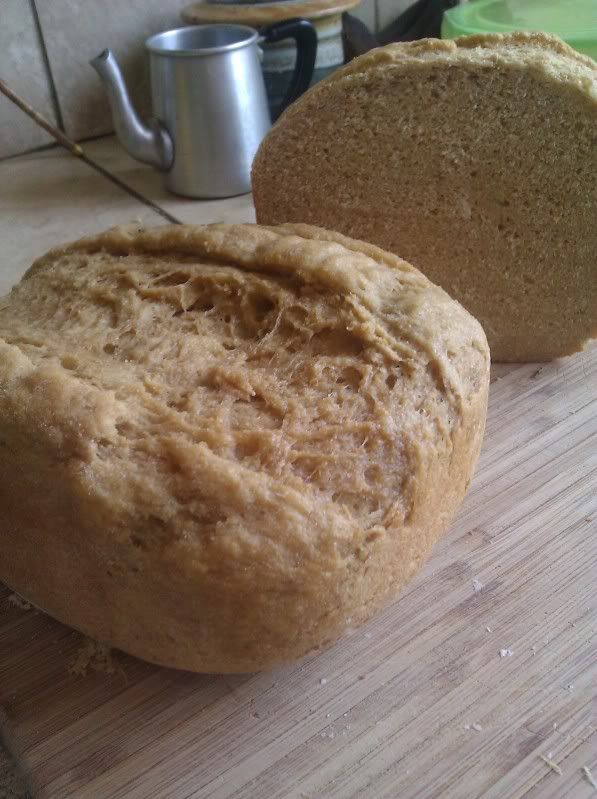So, Charlotte is now 2 and a half.
If you ask her, she says "NO, I'm 2!"
and if you ask her how old Beatrice is, she'll smile and say "3, no...4, no....5, no.... almost 1"
Cute. But whoa, does this kid have attitude! She's been driving me up the walls with her little sneaky ways lately. So, I've been sneaky too. Specifically when it comes to meal time. Sneaky, sneaky mom!
I learned that she has recently started to love crunching. YAY! That means fresh veggies are a go, finally! AND since she LOVES dip to go with them, I now how fresh cut veggies and dip on hand at all time. But not that crummy stuff from the store. No, oh no. I make my own version of a ranch dip with full fat yogurt and other yummies, and now you can too! Easiest part? I wait until my yogurt container is half empty, then make the dip and leave it in the container in the fridge so I always have it on hand. You should too, it makes for easy snacks or a quick side for a meal, and it's Charlotte's new favorite. And adding the full fat yogurt to the fresh veggies means my kid is getting her vitamins and a full tummy at the same time!
Yogurt Ranch Dip
2 Cups whole milk plain yogurt- homemade or store, I use Stonyfield farms right now because it's thick and creamy and without additives, and it's organic, even if they do have a sordid past. My homemade yogurt has been bunk lately, but when I get that figured out, I'll have my own raw milk yogurt to use!
1/2 sour cream (optional) Honestly, adding the Sour Cream makes it thick and more like the dip we're used to, so if you're having guests, it's a good addition. Otherwise, add if you want, not if you don't. Homemade, again, if you can, then it can be raw! Or not if you can't. Either way, FULL FAT!
1-2 tablespoons of lemon juice. More or less to taste
The rest are spices, in the order I add them from most to least- add more or less if you want, use fresh if you have it, and most importantly, if you let it sit in the fridge over night, it will get more flavorful, but it is absolutely fine to go straight on the plate as well.
garlic- powder (or garlic salt, in which case, reduce or eliminate the additional salt) OR fresh, smashed and finely chopped garlic. If you use fresh, the taste will come through MUCH stronger the second day, so use your good judgement on this one.
onion -powder (not flakes) OR better yet, fresh green onion chopped finely
dill weed (dried is best, actually)
salt
fresh ground pepper
parsley (Fresh is WAY better, but if not, you won't taste it until the 2nd day in the fridge)
It's that easy. Really. And honestly, if you don't have everything on this list, that's a-ok. And you can add different things too, if you'd like. Like dried basil- that's always good. And sometimes I add oregano. It depends on how I'm feeling and what I have in the pantry. But whatever you do, don't go easy on the garlic! MMMMM..... I LOVE garlic! and dill.
Dyno-mom will attest to my serious love of dill, won't you?
Now, Dip, and enjoy!








